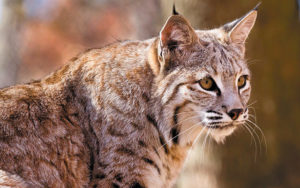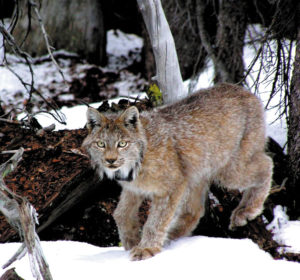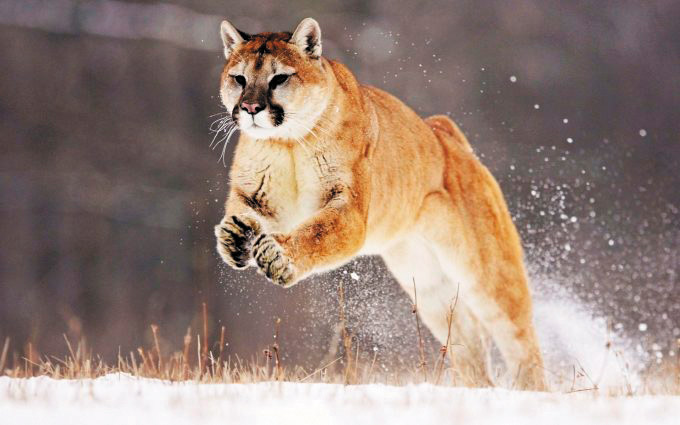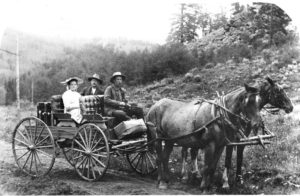By Ed Quillen
(Editor’s note: This article first appeared in the May 1999 issue of Colorado Central Magazine. Since that time, it has consistently been one of the top accessed posts on our website, coloradocentralmagazine.com. We’re not sure what the reason is for that, but we thought we’d share the original article with our print readers.)
 According to the reference book Mammals of Colorado, the state is home to three species of wild cats. The biggest is the mountain lion (Felis concolor hippolestes), also known as the puma, cougar or panther.
According to the reference book Mammals of Colorado, the state is home to three species of wild cats. The biggest is the mountain lion (Felis concolor hippolestes), also known as the puma, cougar or panther.
They can be as large as nine feet long, plus nearly a yard of tail, and weigh more than 200 pounds. Until 1965, Colorado paid a bounty on lions, but they are now protected as game animals; about 200 are killed each year by hunters.
Mountain lions have ranged throughout the lower 48 states (which probably accounts for the variety of common names), and still thrive in the western two-thirds of Colorado.
The mammal book observes that “With increased development of foothills environments, lion and human conflicts are increasing. Occasionally, this situation has serious consequences, as in the case of a jogger killed in January 1991 by a mountain lion near Idaho Springs.”
Colorado’s other two wild cats – the lynx and the bobcat – are much smaller than the lion, and to date haven’t made any headlines by attacking humans.
 The bobcat (Lynx rufus) ranges throughout the state, where it is legally hunted and trapped, and it’s about twice the size of a large housecat. Adults are 28 to 40 inches long, and the short tail contributes another four or five inches. Weight runs from 11 to 30 pounds.
The bobcat (Lynx rufus) ranges throughout the state, where it is legally hunted and trapped, and it’s about twice the size of a large housecat. Adults are 28 to 40 inches long, and the short tail contributes another four or five inches. Weight runs from 11 to 30 pounds.
They eat just about anything that moves – mice, chipmunks, tree and ground squirrels, prairie dogs, porcupines, birds, deer, frogs, crawdads – and some domestic livestock, like chickens, lambs and goat kids. But they seem to prefer cottontails.
Three subspecies are known in Colorado: L. r. baileyi in and around the San Luis Valley; L. r. pallescens elsewhere in the mountains and on the Western Slope; and in northeastern Colorado, L. r. rufus.

Modify a bobcat to operate in snow country, and you’ve got the North American lynx (Lynx canadensis). It’s the same size, and the “skulls of lynx and bobcat are almost identical.”
The major structural difference is that the lynx has much bigger feet, enabling it to travel across deep snow. That accounts for the dietary difference. Like the bobcat, the lynx will eat a wide variety of carnage. But the lynx specializes on the snowshoe hare, which forms about 80 percent of its diet in normal times.
Colorado is the southernmost habitat of the lynx in North America. In historic times, the lynx has ranged along the Continental Divide, as well as the White River Plateau, the Mosquito Range and the Sangres.
[InContentAdTwo]


